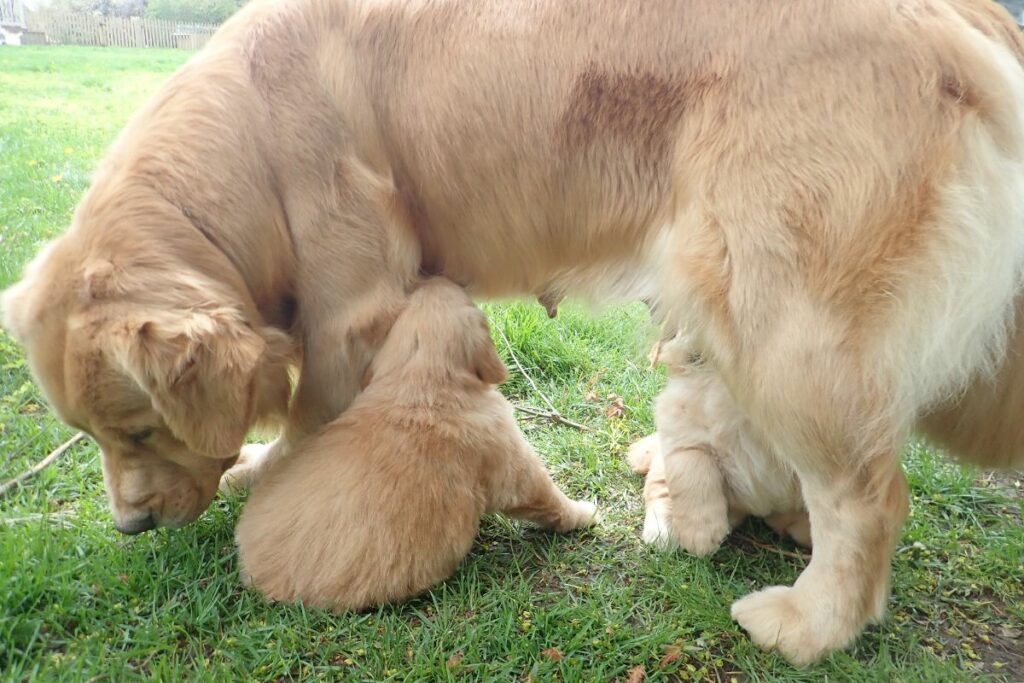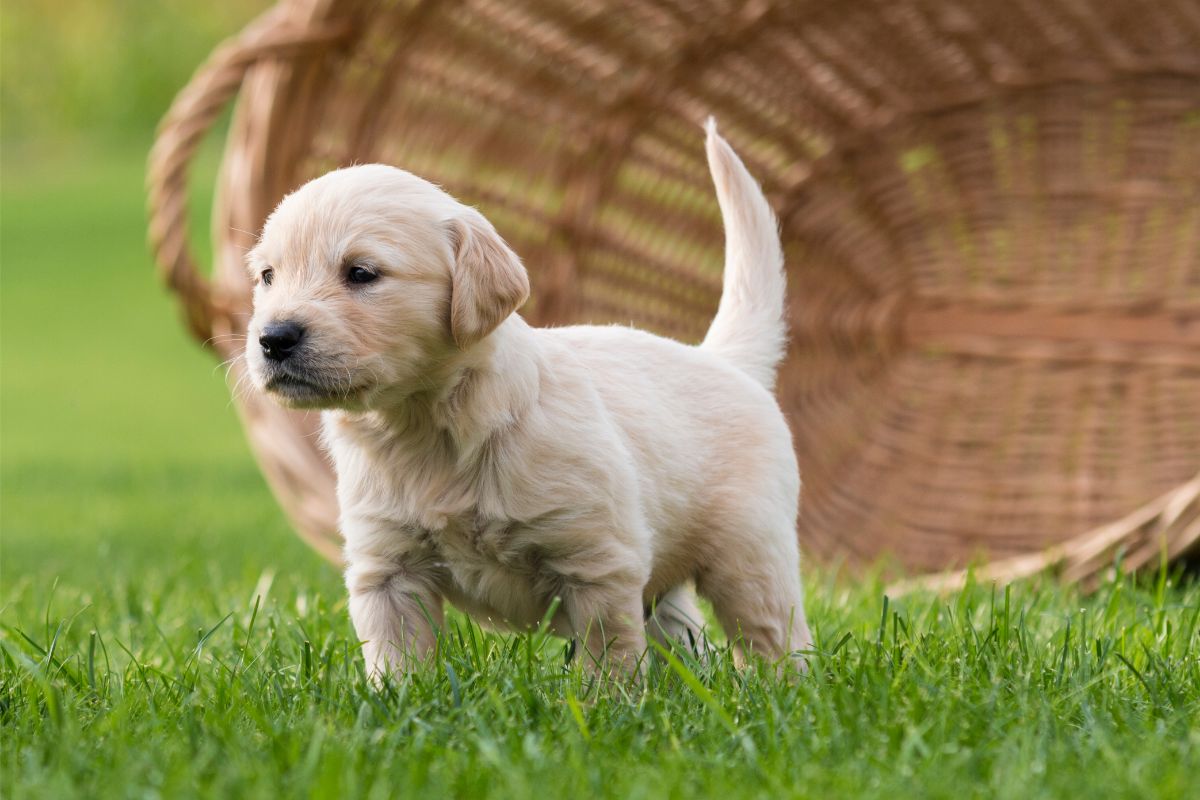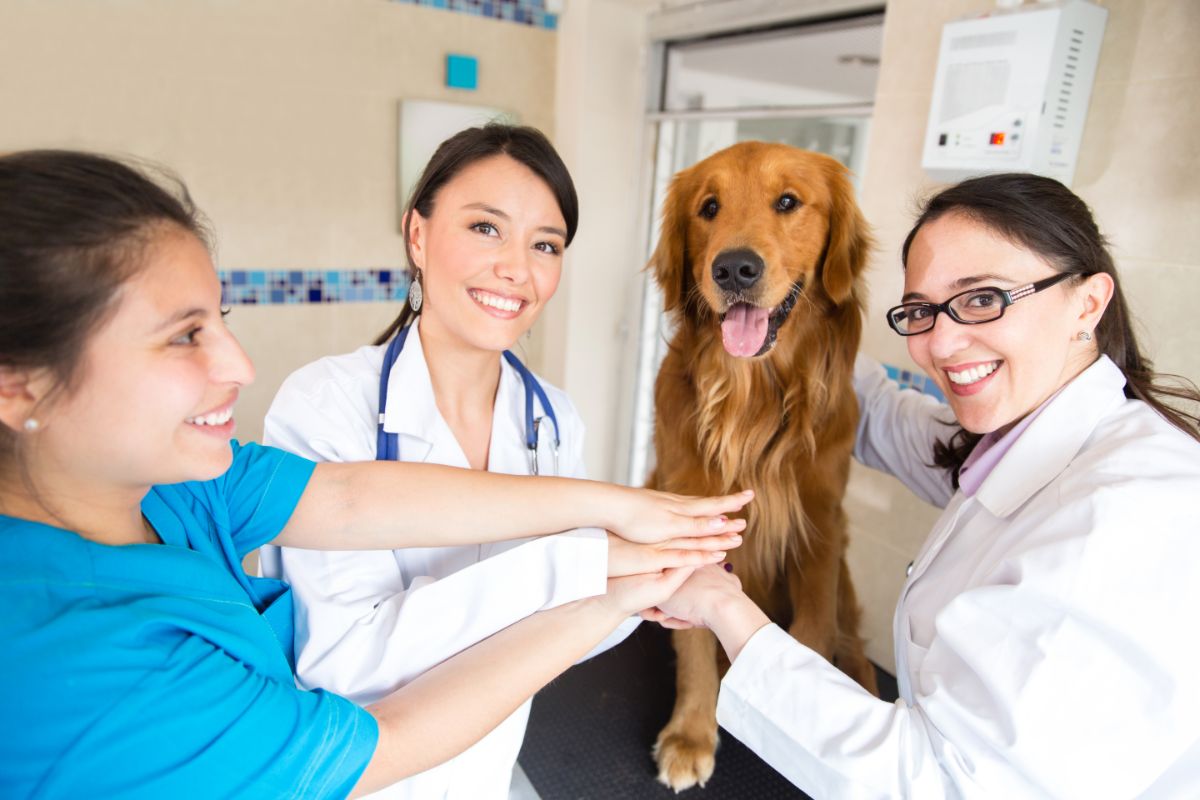Mastitis in dogs – as well as in humans – is inflammation of the breast tissue. The condition can be extremely painful, causing swelling along with warmth and redness in the area.
Mastitis usually occurs when moms are feeding their pups, usually in the first few weeks to months following the birth.
Mastitis is usually caused by a buildup of milk within the breast, which results in the milk ducts becoming blocked. In this environment, bacteria tend to multiply, which can lead to infection.

If the condition is severe and isn’t treated correctly, it can lead to a mastitis rupture in dogs, which is when an abscess or infected area within the breast tissue breaks open. This can result in further inflammation and complications for your pooch, as pus and debris can leak into the surrounding tissue.
With this in mind, you will want to know what steps you can take to reduce the possibility of this happening.
We had a momma dog with mastitis growing up, and it was hard to watch her in pain. Since then, I’ve done a lot of research into the issue and have some thoughts to share.
In this guide, I’ll arm you with all the information you need for recognizing and treating mastitis in dogs.
Preventing Mastitis In Dogs
You know that old saying – prevention is better than cure. Whilst there is no foolproof way to eradicate the possibility of your pooch developing mastitis, there are steps you can take that may help to prevent it – I’ll go over some tips below:
- Maintain Proper Hygiene: Make sure that momma dog’s nipples and the surrounding area are kept clean and dry. It can be helpful to inspect the area regularly for signs of redness, swelling or discharge. Also, make sure that the nesting area or bed is kept clean and dry.
- Watch Those Pups: Couldn’t you just sit around and do this all day anyway? When they’re nursing it is especially important to monitor the pups. Make sure they are latching correctly and nursing properly. If a pup is not nursing correctly, this can cause issues for the mom as well as for the pup.
- Feed A Balanced Diet And Plenty Of Fluids: This may seem an obvious one, as it’s how we look after ourselves and our animals anyway; however, ensuring a nursing mother has a well-balanced diet is essential to supporting her immune system. Make sure that drinking water is regularly changed and that your little lady is regularly hydrating.
- Take Her For Regular Veterinary Check-ins: Make sure your pooch is seen regularly prior to and following the birth. In all the chaos that ensues after the birth, it can be easy to lose track of this, but it’s very important. Both mom and pups need to be checked regularly to ensure everything is on track and to identify any potential issues as early as possible.
Symptoms Of Mastitis In Dogs
You may have taken all of those preventative steps, but your furry friend may still develop mastitis. Whilst, like us humans, the symptoms can vary from one pooch to another, below are some you might want to look out for as they are indicators your dog may have mastitis:
- Swelling: Swelling of the mammary glands of one or more of the teats.
- Redness Or Heat: The area may look red, inflamed, and may feel warm to touch it. Be sure to be gentle when touching the suspected affected area so as not to cause further discomfort for your pooch.
- Lethargy: If your dog seems more lethargic than usual, this could be an indicator. Whilst some lethargy can be expected following birth, if you notice a dip in their energy levels, it is worth observing to see if there are further symptoms that may indicate mastitis.
- Loss of appetite: Again, appetite may be variable in the weeks following birth, but if you notice that your dog’s appetite has reduced, this may be an indicator that they are experiencing discomfort, which leads me to the next symptom.
- Pain Or Discomfort: We know how good dogs are at hiding this, unfortunately, but this is where knowing your pup is really useful. Any whimpering or whining could indicate pain. When your dog is nursing, it is likely to be very uncomfortable if she has mastitis – this may lead to her appearing to be less willing to allow this to happen and also unwilling to let you touch the area. This guarding behavior of the area can be a key indicator that she is experiencing pain. General changes in her behavior can be clues that she is experiencing discomfort of some kind, so if she is nursing, it is definitely worth checking for other symptoms of mastitis.
- Fever: If you have a thermometer, it is worth seeing if your dog has a fever. The typical body temperature range for a dog is between 100.5°F and 102.5°F (38.1°C to 39.2°C). If your dogs temperature is higher than the upper end of this range, this fever can indicate that there is an infection somewhere in the body.
- Abnormal Milk: If you can observe it, the milk from any affected teats may contain pus or blood. This is a very clear indicator that your little lady is experiencing mastitis.

Treatment For Mastitis In Dogs
Once potential mastitis has been identified, we really want to avoid that rupturing and causing more issues for your pooch.
It is really important that once you suspect this, you get in contact with your veterinarian. Your dog really needs to be seen as soon as possible to confirm the diagnosis and create a care plan from there.
If your veterinarian confirms a diagnosis of mastitis, they will prescribe a course of treatment. This could include antibiotics if the mastitis is bacterial, pain relief to help alleviate the discomfort for your little pal, and warm compresses to help circulation and provide relief. The veterinarian may also provide guidance on the nursing of the puppies.
You can probably expect to attend follow-up appointments with your veterinarian to monitor the condition and provide any further guidance – it is very important to attend these.
When at home, continue to take those preventative measures, such as ensuring a clean and dry environment, to aid your dog’s recovery. It is very important to be clear on what is expected of you when you return home to help your little paw-rincess to make a full recovery.
The Final Woof
There are preventative steps you can take in an attempt to avoid mastitis in momma dog, but it can still happen. We were very careful with our female dog when she had a litter and unfortunately, she still developed the condition. But, it was nothing a quick diagnosis and the right treatment couldn’t fix.
I hope you’ve found this guide helpful in identifying mastitis and knowing what to do next. Remember, if you have any concerns, speak to your vet.








